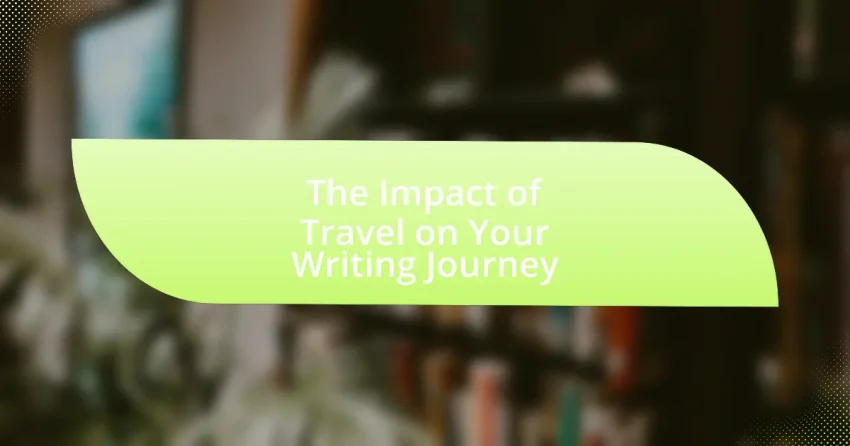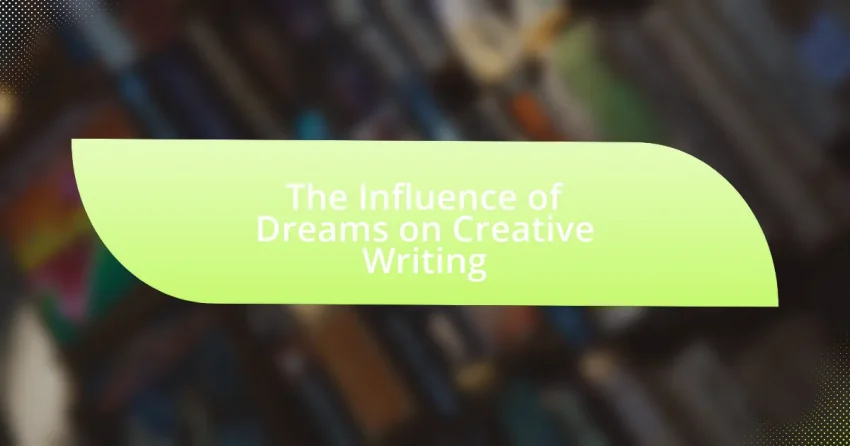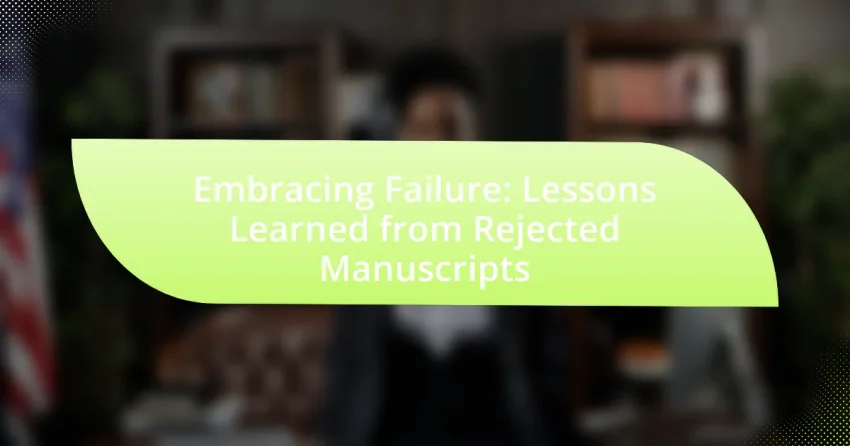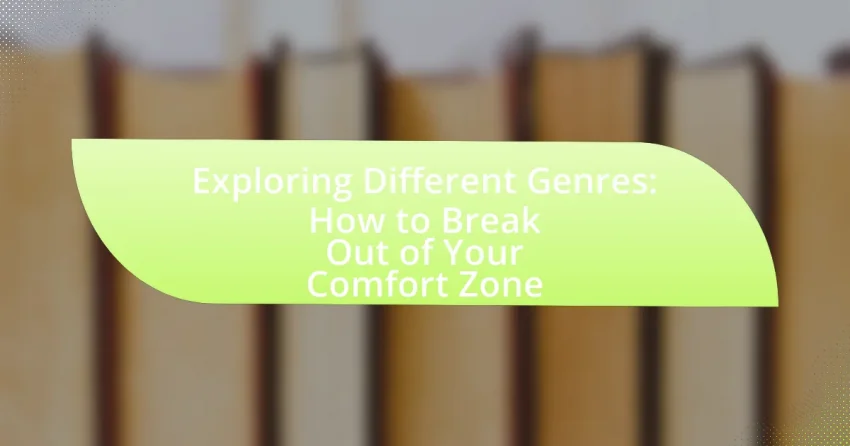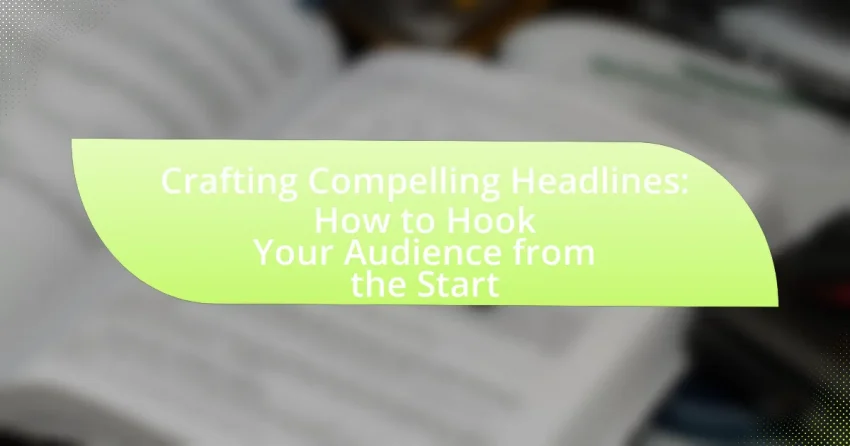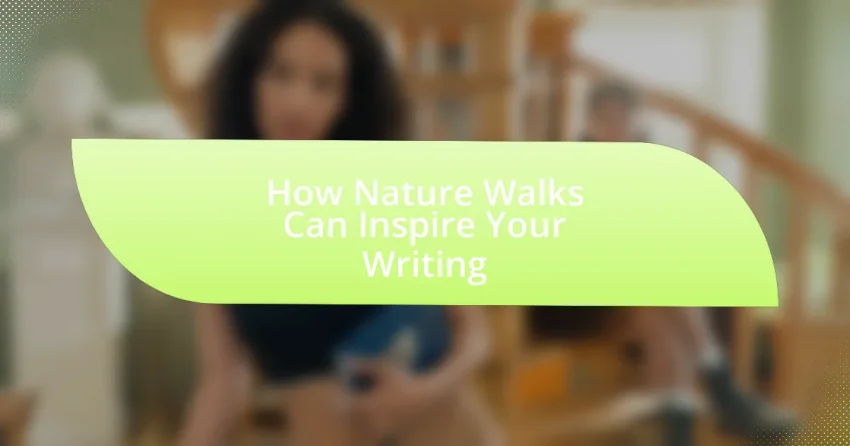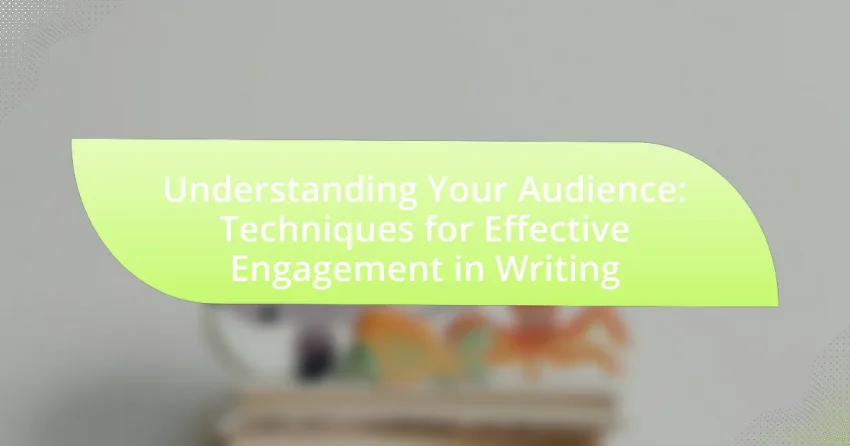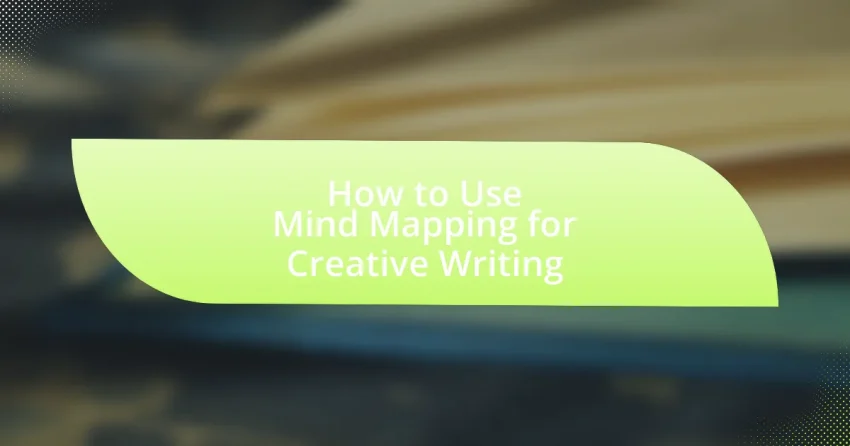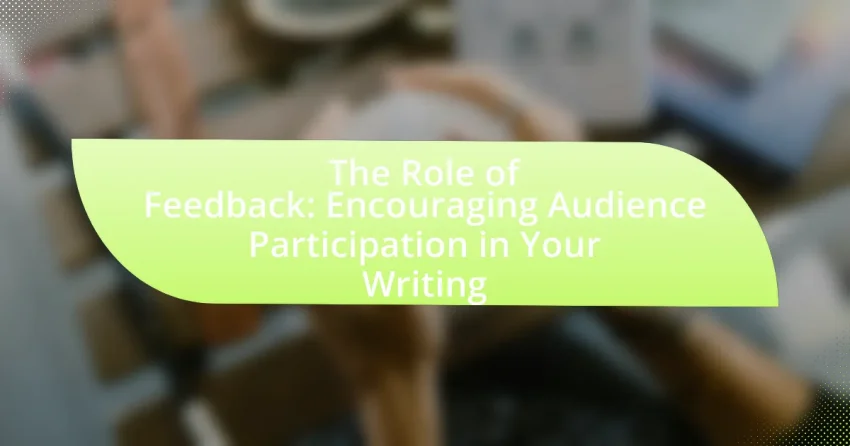The article examines the significant impact of travel on a writer’s journey, highlighting how diverse experiences and cultural exposure enhance creativity and storytelling. It discusses the cognitive benefits of travel, such as increased flexibility and innovative thinking, and emphasizes the importance of firsthand experiences in creating authentic narratives. Key topics include the emotional and psychological…
The Influence of Dreams on Creative Writing
The article examines the significant influence of dreams on creative writing, highlighting how dreams provide unique imagery, themes, and emotional depth that inspire writers. It discusses the psychological mechanisms behind dream-related creativity, including the brain’s activity during REM sleep and various psychological theories that support the connection between dreams and artistic expression. Key elements such…
Embracing Failure: Lessons Learned from Rejected Manuscripts
The article “Embracing Failure: Lessons Learned from Rejected Manuscripts” explores the significance of accepting rejection as a catalyst for growth among writers. It emphasizes the importance of analyzing feedback from rejection letters to improve writing skills and enhance understanding of the publication process. Key topics include the psychological benefits of resilience, common reasons for manuscript…
Exploring Different Genres: How to Break Out of Your Comfort Zone
The article focuses on the importance of exploring different genres in artistic expression, including literature, music, film, and visual arts, to enhance creativity and broaden perspectives. It discusses the significance of stepping outside one’s comfort zone, highlighting the psychological benefits such as increased empathy and adaptability. The article outlines common genres to explore, strategies for…
Crafting Compelling Headlines: How to Hook Your Audience from the Start
The article focuses on the essential elements of crafting compelling headlines that effectively engage audiences. It outlines key strategies such as clarity, emotional appeal, specificity, and the use of psychological triggers like curiosity and urgency. The article also discusses the importance of headline structure, word choice, and length, emphasizing how these factors influence reader engagement…
How Nature Walks Can Inspire Your Writing
Nature walks serve as a powerful tool for enhancing creativity in writing by providing a stimulating environment that fosters inspiration and mental clarity. Research indicates that exposure to natural settings can significantly improve cognitive function, reduce stress, and increase creative problem-solving abilities. Key elements of nature, such as landscapes, flora, fauna, and natural sounds, inspire…
Understanding Your Audience: Techniques for Effective Engagement in Writing
Understanding your audience is a critical aspect of effective writing, as it involves recognizing their needs, preferences, and expectations to tailor content accordingly. The article explores the significance of audience analysis, highlighting key components such as demographics, psychographics, and context, which influence writing style and engagement. It discusses techniques for connecting with readers, including storytelling…
How to Use Mind Mapping for Creative Writing
Mind mapping is a visual brainstorming technique that aids creative writers in organizing thoughts and ideas, enhancing clarity and creativity in the writing process. This article explores the benefits of mind mapping, including improved memory retention and idea generation, as well as its key elements such as central themes, branches, and visual aids. It also…
The Role of Feedback: Encouraging Audience Participation in Your Writing
The article focuses on the critical role of feedback in writing and its impact on audience participation. It highlights how constructive feedback enhances the quality of writing by providing insights into strengths and areas for improvement, leading to increased engagement and satisfaction among readers. The article discusses effective methods for soliciting feedback, the importance of…
Measuring Engagement: Key Metrics to Evaluate Your Writing’s Impact
Measuring engagement in writing is the assessment of how effectively content captures and maintains reader interest, utilizing metrics such as reader feedback, time spent on the page, and social media interactions. This article explores the importance of measuring engagement for writers, highlighting its impact on visibility, audience loyalty, and monetization opportunities. Key metrics for evaluating…
